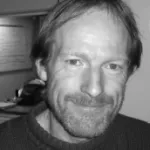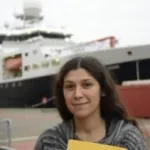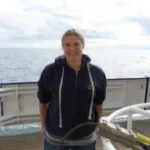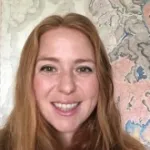Our study aims to test the hypothesis that muSMS deposits form extensive sub-surface mineralisation and undergo significant post-formational modification at and beneath the seafloor under the influence of highly variable pH conditions as a result of interaction with ultramafic rocks and during serpentinisation.
Our plan is to combine novel geophysical techniques (electromagnetic induction and inverted down-hole seismic tomography) with surface mapping and sub-seafloor drilling (recovering host rocks, sulphides, sediment and fluids) to image the 3D structure and composition of the deposit and its surroundings. The mineralogy, geochemistry and isotope signatures of the samples will reveal the paragenetic history of the deposits including formation, recrystallisation, metal mobilisation, alteration and penetration by seawater. Hydrothermal fluid samples will reveal the nature of the heat source driving deposit formation and host-rock interactions and, combined with studies of metalliferous sediment, constrain metal mobility during later alteration. Ages of these processes will be constrained by radiometric dating. Rates of processes will be constrained by in situ and lab-based, abiotic oxidation and microbial alteration experiments. We will draw these observations together using thermo-physio-chemical numerical modelling to construct a coherent understanding of the formation and preservation of these large polymetallic muSMS deposits in todays-oceans.
Our approach involves two ocean-going expeditions to the largest known and best characterised muSMS field at 13°30′N, Mid-Atlantic Ridge. Despite being technically ambitious, our experience from the Blue Mining project and MarineE-tech project has allowed us to develop innovative strategies for investigating and drilling seafloor and sub-seaflor mineral deposits at great depth s in the ocean. Project ULTRA involves academic partners from Cardiff, Southampton and Leeds Universities, GEOMAR (german oceanographic institute), University of Bergen (Norway), and industry partners (Equinor A/S) supporting data collection, PhD students, and providing links with end-users.



